Potato pests and diseases: Complete guide with photos
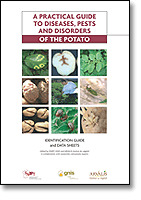
Hello to all Agrohuerters. Today I bring you a guide to the pests and diseases that can affect your potato crop, so that you can identify them in time and not spoil your harvest. Remember that you can click on those in orange to learn more about them.
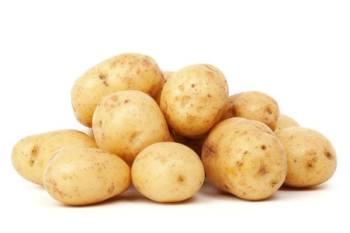
Most important potato pests
potato beetle
Potato beetle (Leptinotarsa decemlineata) : This is a beetle that causes large gnawings on the leaves, from the margin to the nerves, leaving dark droppings behind. Its larvae have a soft body, are short and orange in color, they are usually very voracious. The adults are very easy to recognize because they have black longitudinal lines drawn, with a yellowish background.
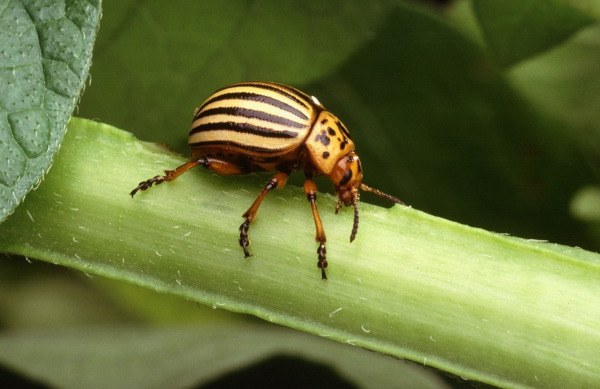
Aphids on potato plants
Aphids (Myzus persicae, Macrosiphum euphorbiae, Aulacorthum solani…): Aphids produce downward curling and wrinkling of leaves. In addition, you can see colonies of these small dark or greenish insects, especially in the tender shoots of the developing plant. Another clue is the presence of molasses (sugary and sticky substance) and ants around them defending them.
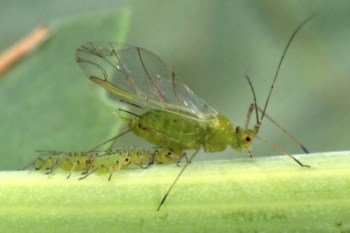
Whitefly on potato leaves
White fly (Trialeurodes vaporarium, Bermisia tabaci): We can see some white flies (which are not really flies) with a characteristic erratic flight when shaking the plant. Also, like aphids, they release honeydew. They are usually arranged on the underside of the leaves.
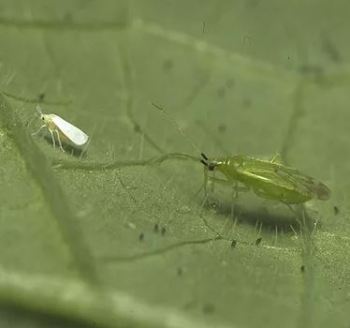
Cobwebs on potato leaves: spider mite
Red spider (Tetranychus urticae): The red spider is a mite that leaves discolored leaves with small dots and silks. If it affects significantly, it can cause desiccation and defoliation of the plant.
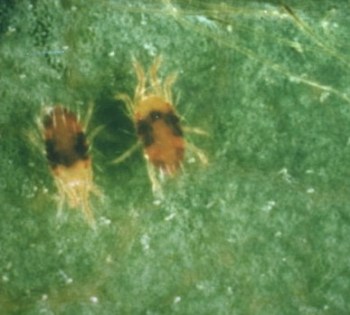
worms in potatoes
Wireworm (Agriotes lineatus): We found tubers with perforations, holes and scars when harvesting them.
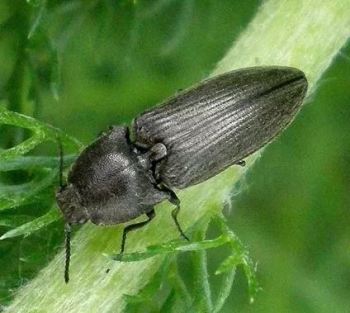
Potato moth (Phthorimaea operculella): Galleries develop in the tubers that quickly rot a significant part of them.
Potato Diseases
potato mildew
Mildew (Phytophtora infestans): Initially, the lower leaves of the plant are shown with brown spots (or black if they are wet), which usually grow from the margins, and are usually accompanied by yellowing of the leaflets. It begins to focus, generalizing and giving the crop a yellowish depressed appearance and burnt in the lower parts.

Alternariosis of potato: circular spots on the leaves
Alternariosis or black potato (Alternaria solani): On the lower leaves we find circular brown spots that darken as they grow, forming concentric rings, limited by the main nerve. On stems and petioles the spots are black and well defined. In tubers they give sunken lesions, dark and surrounded by wrinkled skin.
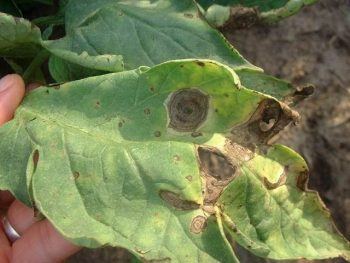
Verticillium wilt in potato
Verticillium wilt (Verticillium dahliae): Produces an irregular asymmetrical yellowing of the lower leaves of the aubergine accompanied by wilting in the hot hours of the day. It may only occur in one part of the plant.
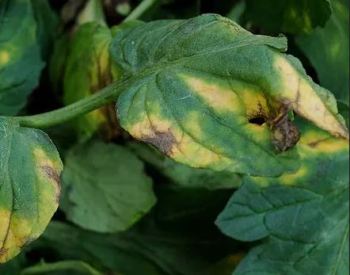
Deformed potatoes: virus or bacteria
Potato pox (Rhizoctonia solani): Emergence failures of potato crops. Dark lesions on the neck of the lanta. Aerial and/or deformed tubers with pustules forming black crusts.

Common scab (Streptomyces scabies): This bacterium produces small brown spots inside the tubers that enlarge and take on a corky, star-shaped appearance as the tissues grow. On the surface it appears as a rough area with a dandruff appearance.

Potato root lumps: nematodes
Cyst nematode (Globodera spp.): Plants infected by nematodes exhibit weak growth, wilting, chlorosis, and deformed and galled roots (nodules). Distribution in stands (plants forming more or less circular areas) or following irrigation lines.
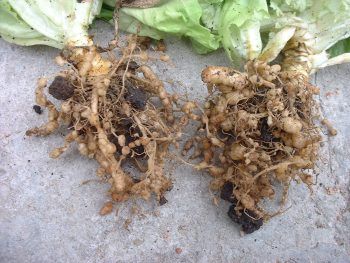
Potato virus: PVY and PLRV
Virus: The most common virus symptoms in potato are leaves with yellowish mottles in a mosaic form, and nerve necrosis, neurotic streaks on thalli and drop of middle and lower leaves. Potato Virus Y (PVY) causes premature death of plants.
The Potato Leafroll Virus (PLRV) or potato leafroll virus, causes the leaves to curl and harden, which, when folded, produce a snapping sound. Care must be taken with aphids because they are the vectors or transmitters of these viruses in potatoes.
Potato Physiopathies
Physiopathies are diseases caused by abiotic factors, that is, there is no causal pathogen but it is caused by poor conditions in the environment such as deficiencies or excesses of nutrients, low or high temperatures, drought or poor management of irrigation or salinity, among others..
Ozone toxicity in potato
Ozone toxicity: Initially, irregular tan mottling appears on older leaves, between veins on the sun-exposed side. Sometimes, on leaves that are overlapping, the shaded part is healthy. Premature aging occurs in the affected leaves.
green potatoes
Greening of tubers: Greenish color on some face of the potato caused by exposure to sunlight, which makes them produce chlorophyll and, as a consequence, the alkaloid solanine that can make the tuber unfit for consumption. To prevent this, properly chock or hill the crop and avoid exposure to harvest light.

References
- Brouwers, EVM, de Kort, CAD (1979).Amino acid metabolism during flight in the Colorado potato beetle, Leptinotarsa decemlineata, Journal of Insect Physiology, 25(5), 411-414.
- Bradshaw, J., Ramsay, G. (2009). Chapter 1 – Potato Origin and Production. Editor(s): Jaspreet Singh, Lovedeep Kaur. Advances in Potato Chemistry and Technology, Academic Press, 1-26.
- Liu, X., Fu, K., Lü, F., Meng, Q., Guo, W., Li, G. (2014).Involvement of FTZ-F1 in the regulation of pupation in Leptinotarsa decemlineata (Say). Insect Biochemistry and Molecular Biology, 55, 51-60.
I hope it will help you to diagnose the pests or diseases that may be spoiling your potato crop.
Until next time Agrohuerters

![Photo of Homemade Fungicide: [How to Prepare Them and 5 Examples]](https://www.complete-gardening.com/wp-content/uploads/2022/08/homemade-fungicide-how-to-prepare-them-and-5-examples-390x220.jpg)
![Photo of Silver Pothos: [Planting, Care, Irrigation and Substrate]](https://www.complete-gardening.com/wp-content/uploads/2022/08/silver-pothos-planting-care-irrigation-and-substrate-390x220.jpg)
![Photo of Spray Plants with Vinegar: [Effects, Application and Utility]](https://www.complete-gardening.com/wp-content/uploads/2022/08/spray-plants-with-vinegar-effects-application-and-utility-390x220.jpg)
